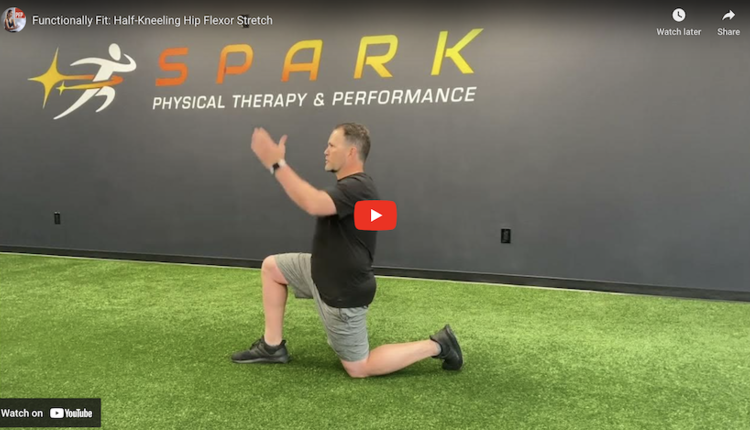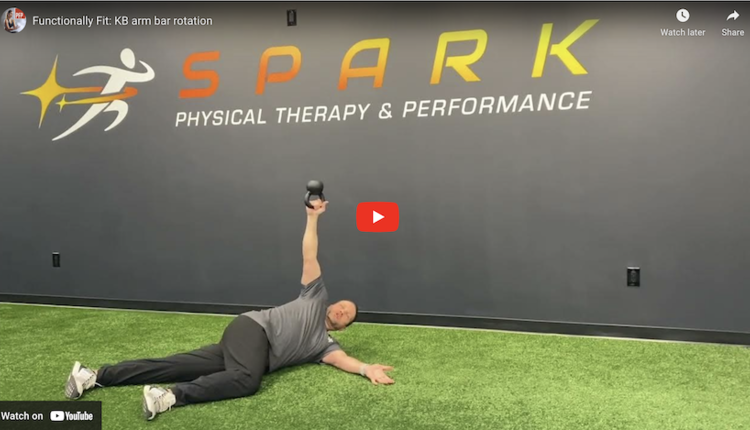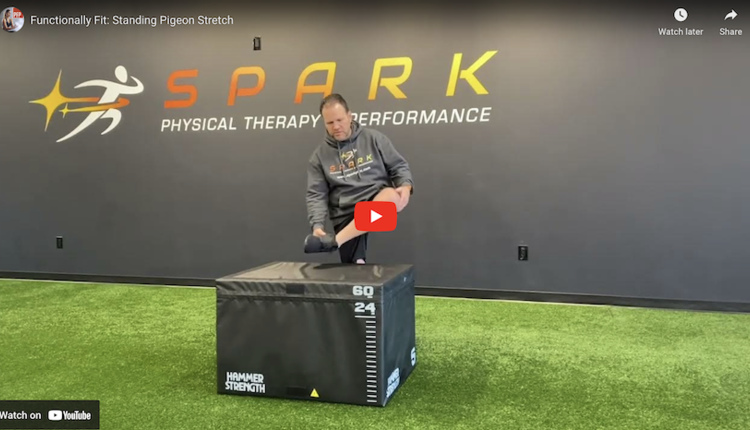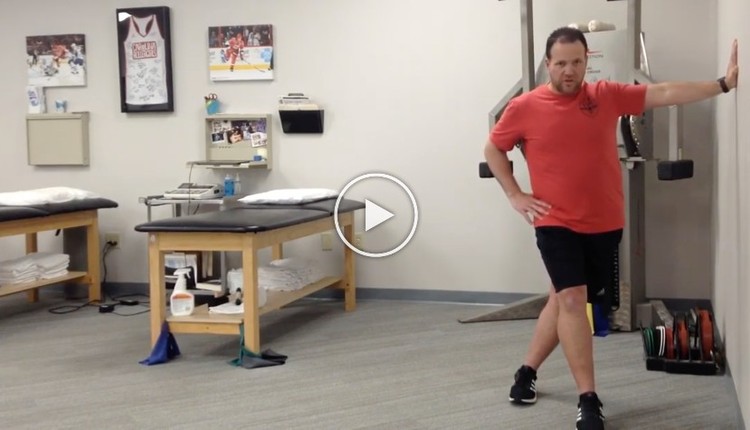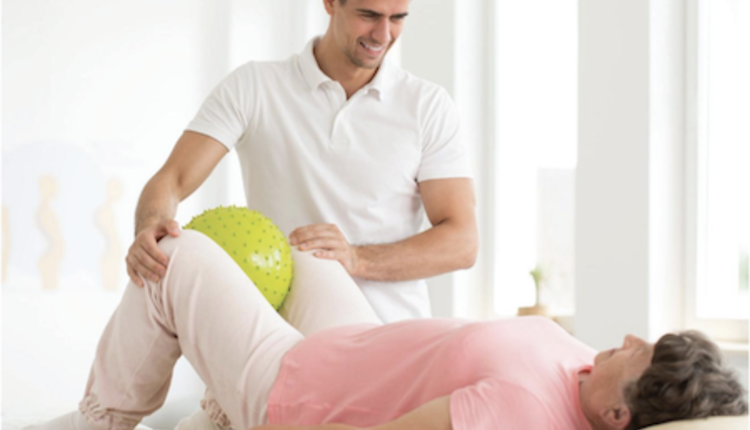Assessing anti-rotation pillar strength is important prior to loading the spine with torsional activity. In addition, glenohumeral stability may be a concern for those with prior injury or a history of instability. From a tall plank position, you can assess torsional control and shoulder strength/stability by observing this simple exercise. Beyond observation, this technique can be used for improving anti-rotational strength and stability.

Execution: Begin in a tall plank position with the feet shoulder width apart. Tighten the core and slowly lift the right hand off the floor and tap the left shoulder. Pause for one second and then return to the start position. Next, repeat this pattern lifting the left hand off the floor and tapping the right shoulder.
To correct faulty movement and improve neuromuscular control, begin with slow controlled alternating taps for 5-10 repetitions or time, stopping once fatigue or loss of control sets in. It may be necessary to provide tactile cues if the trunk moves excessively as you want the minimize rotational movement.
Progression:
1. Increase the hold time for each tap
2. Perform ipsilateral repetitions continuously prior to switching sides to increase the difficulty of this exercise.
3. Once control with the taps is satisfactory, consider adding in a traditional push-up between alternate shoulder taps for additional upper body strengthening.
Regression:
1. Reaching to the elbow is a straightforward modification that can be used to lower demand.
2. If instability, inadequate upper body strength or poor pillar control prevents execution in a tall plank position, you may opt to perform the exercise on the knees which will greatly reduce load.
Application: This pelvis and rib cage should remain level if adequate strength and stability is present. If marked rotation occurs, then performing torsional training may carry increased increased risk for injury and lead to poor movement patterns and undesired compensations. Clients need a stable base prior to adding significant loads and propulsive training.
Additionally, this assessment/exercise is a good way to assess glenohumeral joint stability. Be cautious with overhead lift progressions and unilateral Olympic lifting if there is poor stability when assessing baseline form. The exercise created co-contraction and forces the upper body to stabilize and handle load but in a relatively safe position. The exception would be someone with posterior shoulder instability, and in this case, it may be best to avoid the maneuver or regress it starting out to ensure there is no issue.




